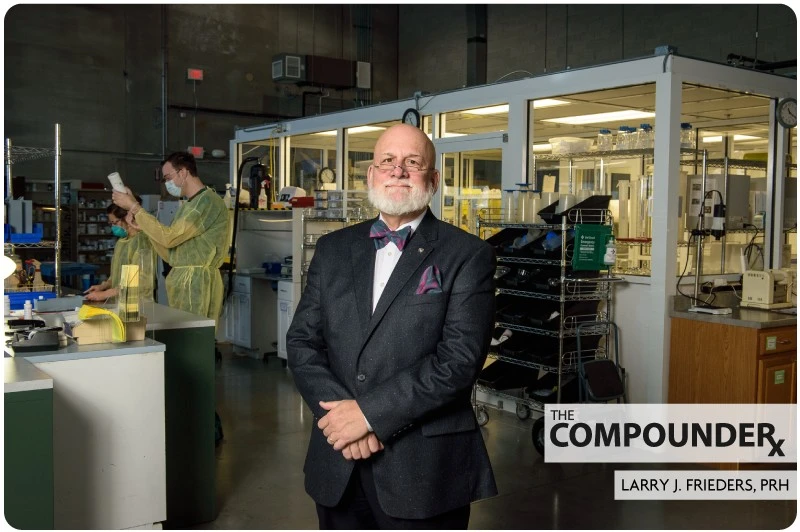Low-Dose Atropine Eye Drops to Slow Myopic Progression in Children
Low-dose atropine (0.01%) is being prescribed to slow the development of nearsightedness (myopia) in children (children from 5 to 15 years of age). Initial research papers about the treatment focused primarily on children of Asian heritage. It wasn’t long before children of other nationalities have been using the mild drops with success.
While there are other approaches to slowing the advancement of nearsightedness, using a weak solution of atropine seems effective and safer.
Dr. David Epley, a pediatric ophthalmologist, described that the drops are a significant breakthrough. He said, “Prior to this, we had no straightforward option to offer families of children who were becoming increasingly myopic. Now we have an effective treatment that has few side effects and works for most children.” Dr. Epley went on to say, “Many colleagues are now using it, as compared to very few a year ago. As more ophthalmologists learn of the treatment’s benefits and risks, and as they see the study results, it is increasing in popularity.”
Not all ophthalmologists have accepted the approach. R. Michael Siatkowski, MD, at the Dean McGee Eye Institute in Oklahoma, noted that some of the eye doctors may be holding out for longer-term data on this approach—in particular, because they are not yet convinced about the generalizability of the data from the initial studies
Dr. Siatkowski also suggested that some parents won’t try low-dose atropine until longer-term data are available.
Because 0.01% atropine is not approved by the U.S. Food and Drug Administration for myopia, ophthalmologists need to discuss its off-label use with parents. Dr. Epley stated that “most families are accepting of this.”
Atropine 0.01% has minimal effects on pupil size, accommodation, and near vision and appears to be well tolerated by patients with dark and lightly pigmented eyes.
Some ophthalmologists may also be concerned about systemic (throughout the entire body – not just restricted to the site of application) side effects associated with atropine use.
Although there is always a risk for systemic side effects with any medication, these appear to be rare with 0.01% atropine use. Altered mental status, dry mouth, urinary retention, constipation, and flushing skin have all been reported with much higher doses of atropine—but not in any of the children in studies using low-dose atropine.”
An allergy would be the most likely late-term side effect to arise. It’s possible that any of the known side effects of atropine could occur over the long term.
We have been compounding and dispensing the low dose version of atropine eye drops for several years and our customers have not reported negative reactions from their children. We dispense the drops in a small sterile dropper bottle that lasts one month. The dose is commonly one drop in each eye daily at bedtime. We instruct parents to keep the bottle in the refrigerator, instill a single drop, gently close the eyelid for 10 seconds. One drop is about the maximum amount of fluid the eye can tolerate so instilling more is unnecessary – and wasteful.
Atropine itself is chemically stable in solution, but the compounded version of the drops bear a 90 Beyond Use Date because we do not use preservatives in the eye drops. We recommend keeping the bottles under refrigeration. It isn’t necessary to warm the drops to body temperature before instilling. The single cold drop is harmless and the patients are unlikely to complain.
The time of administration is not critical. Nighttime (bedtime) is the common standard because the vision side effects of the medication are less bothersome while the patient is asleep. However, Dr. Siatkowski stressed that this schedule may not work best for some families.
Commonly patients are advised to use atropine for at least 6 months to see if it is working as planned, then continue for at least one year. It is not uncommon for the doctor to have a patient “take a break” for a few months, then start using the drops again.
Patient Information for Atropine Eye Drops
https://www.aao.org/eyenet/article/how-to-use-low-dose-atropine-to-slow-myopic-progre

